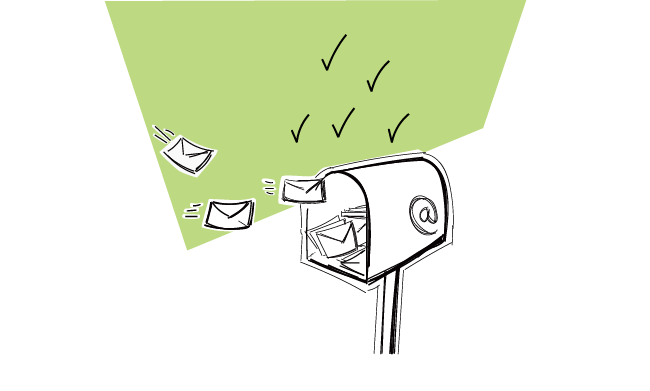Do you have links in your cold emails? I bet you do. We often feel the need to add a link or two – either in the body of our email or in the signature. Moreover, we usually want to know if someone clicked the link or not. Ideally, we would like to know how many people clicked the link and who it was exactly.
There are many tools that allow us to track clicks on links in emails, but all of them use the same mechanism to do that. Unfortunately, the mechanism is not perfect, and it may cause spam alerts if we set up our links wrong.
That’s why it’s important to put the links properly into our message to not get into the spam folder. Or better yet – set a custom tracking domain, which is the route we encourage you to take when you’re using Woodpecker.
Here’s how to safely track your links.
Ground rules about links in cold email
Before we pass on to technical tips, there are some crucial rules about putting links to email messages. And those do not derive from technical limitations. They derive from logical and structural cold email assumptions and from our respect for the addressee.
Rule #1 Don’t put too many links in one email
If you add a link in every sentence, the recipient of your email will not be able to decide what you want from them. Which link do you want them to click on? And why should they even click on anything? If you decide to put in a link, make sure it leads to a place from where they can take a next step – contact you back, find more useful information on your company, etc.
Rule #2 Don’t expect a link to sell for you
It’s not enough anymore to write a great pitch and put in a link to your website to get a new customer just like that. I’ve written this about a dozen times on this blog so far, but I’m going to write it again just to make sure we all keep it in our minds:
cold email is not about selling, it’s about starting a valuable business relation (which may, but doesn’t have to, result in a sale).
So if you give your prospects a link to your site and expect they will go there and simply buy what you’re selling, you may be sorely disappointed with the results of your cold email campaign.
For more on that topic, see this post:
What Shouldn’t We Expect from Our Cold Email Addressees? >>
Rule #3 Make sure the link works before you send the email
That may sound trivial, but removing the last letter from your link address or pasting a hyperlink with space at the beginning is easier and more common than you may think. So do a double check before you hit send, because a link that doesn’t work may affect your credibility as a sender.
Rule #4 Put a link to your website in the signature
It’s important to allow your prospects to check you out as easily as possible. Adding a link in the signature is not a sign of aggressive sale attempt, but a sign of common courtesy.
You can also just give your website’s address, and some email clients will display it as a clickable link, but not all of them. So some of your prospects will have to copy the address and paste it in their browser to get to your website. Adding a direct link you’re making it as easy for them as possible. Be careful with tracking such links, though – more on that below.
That’s it. Now we can move on to the technical details.
How does the email link-tracking mechanism work?
To check if someone clicked on your link, an email link-tracking software needs to redirect your recipient to a custom URL, where the tracking takes place, and from there redirect them to the destination page.
And that’s how it works in every software that allows you to track clicks on links.
But tracking clicks on your website address in the email may be tricky. Read on to see why.
How to add links for safe tracking?
And by ‘safe’, I mean a way of click tracking that won’t make you look like a spammer for anti-spam bots. Spam filters usually check if the text of your link does not include an address that is completely different than the URL the link is directing to.
So if the text of your link is WeRCuttingWebsites.com – which is an address, and your URL is a default tracking URL like click.52c.es/click?openIdUrl=4N6&url=WeRCuttingWebsites.com, the two are based on two different domains. And that is what may cause an alert for an automatic spam filter.
Why the anti-spam filters get alarmed by that? Long story short: because spammers used to give people nicely looking links that led to dangerous websites.
You can remove that risk, though, if you use custom tracking domains.
Why are custom tracking domains safer?
Woodpecker allows you to set a custom domain for tracking clicks, which means that the domain your recipients see before they land on your website, is one of your own.
Using a custom tracking domain brings you 3 huge advantages:
- you get better control of your deliverability
- you look more credible in the eyes of your recipients
- your messages are consistent in terms of branding
See how to set up custom tracking domains in Woodpecker>>
How to track links in emails?
If you’re using link tracking to check if someone clicked on the link in your email, make sure you add the link to a piece of text that is not an address itself.
So instead of tracking the clicks on WeRCuttingWebsites.com, track clicks on “Check our website“.
If you take a look at any newsletter email of your choice, you’ll see that the sender is usually hyperlinking a part of their message.
Newsletters are very much different than cold emails, but they use the same rules when it comes to tracking opens and clicks. Here’s an example of a newsletter email from Bidsketch:
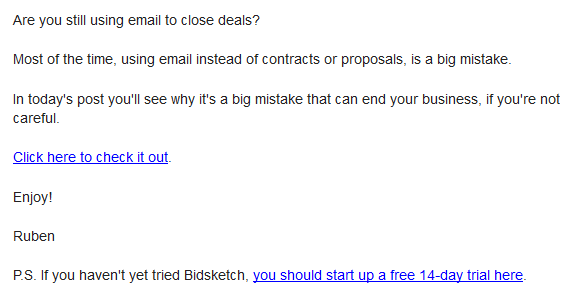
If you’re new to all this click tracking, here’s a little exercise for you. Go to your inbox now, and find a message from a newsletter. Open the message and hover with the mouse cursor over a chosen link given in the copy of the message. Check the address that will appear on the left at the bottom of the message window. Now click the link. Are the URL from the email and the destination URL the same? 🙂
How to track links in Woodpecker?
If you want to send your cold emails and follow-ups automatically, you can use Woodpecker to do so. You can track links in your emails and follow-ups, using our default or custom tracking domains. Here’s a quick tutorial on how to do that right.
1) When creating/editing a copy of your cold email campaign, highlight a piece of text you want to add your tracking link to.
2) Use the ‘link button’ from the toolbar
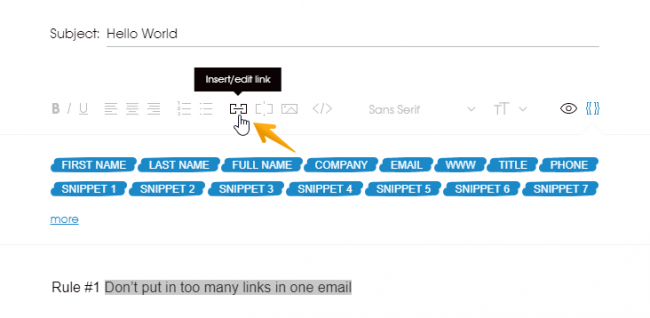
3) Paste the URL of the site you want your receivers to get to.
4) Make sure you’ve checked the ‘Track clicks’ checkbox.
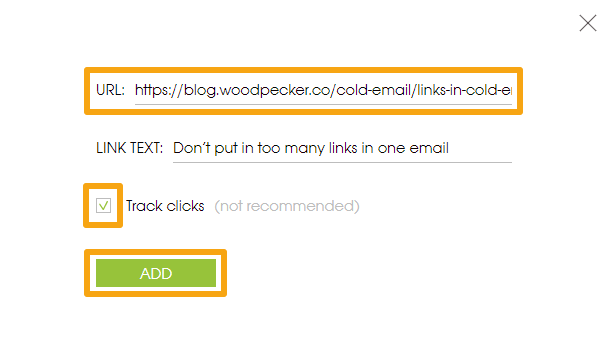
5) Click ADD and that’s it.
Then, you can send your campaign, and observe the click rate in the STATS section.
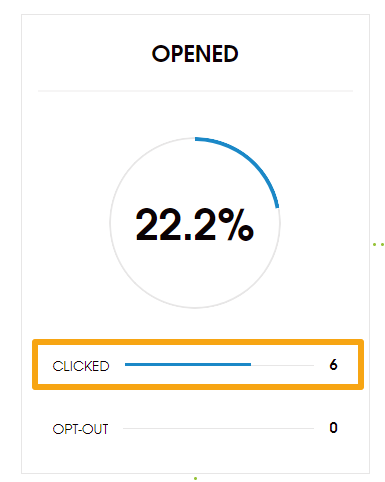
Stay safe with Woodpecker
Update June 2019
We added SSL to our link tracking mechanism in Woodpecker. Thanks to that you have a greater chance of staying safe while sending your email campaigns. Plus, a chance of getting your email delivered has increased too. Why is that? Some email accounts block messages that contain links to a domain without SSL. Since we have SSL, you’re safe from getting blocked by those accounts.
To make sure your messages get delivered and you’re protected, our tracking pixel isn’t based on http:// but on https://. From now on, every piece that’s tracked in Woodpecker, such as unsubscribe, email open or click is tracked with SSL.
To sum up
Remember the 4 rules when adding links to your cold emails:
- don’t add too many links,
- don’t expect the link to sell for you
- make sure the link works
- add a link to your website in the signature
If you decide to track clicks on your links:
- don’t use the website address as a link text – use a piece of text that is not an address
- try out Woodpecker for tracking clicks in your cold emails and follow-ups
- use custom tracking domains for better deliverability, to gain credibility in your recipients’ eyes, and to keep your branding consistent
- to make sure your messages get delivered and your reputation stays protected, every link that is tracked in Woodpecker has SSL
FAQ Section
1. How can link tracking in cold email campaigns influence the likelihood of emails landing in the spam folder?
Link tracking in cold email campaigns can influence the likelihood of emails landing in the spam folder because tracking links, especially when used excessively or without customization, can trigger spam filters set by various email service providers. These providers scrutinize emails for characteristics commonly associated with spam, and an abundance of tracking links or the use of generic URL shorteners can raise red flags. To mitigate this risk, it’s advisable to limit how many links are included, use a custom domain for tracking links, and ensure the overall content provides value to the recipient, thereby reducing the chances of the email being marked as spam.
2. What are the best practices for implementing cold email link tracking without risking your email account being blocked?
Best practices for implementing cold email link tracking without risking your email account being blocked include:
- Using a custom domain for your tracking links to maintain consistency with your brand and reduce suspicion from email service providers.
- Limiting the number of tracking links in each email to avoid overwhelming recipients and triggering spam filters.
- Ensuring that the tracking links are relevant to the content of the email and provide value to the recipient.
- Regularly monitoring your cold email campaigns for bounce rates and spam complaints to adjust strategies as needed.
- Including a clear and easy-to-find unsubscribe link to comply with email marketing regulations and respect recipient preferences.
3. How can businesses effectively track link clicks in cold email campaigns to improve their cold emailing strategies?
Businesses can effectively track link clicks in cold email campaigns by integrating their email campaigns with a link tracking tool or service that allows for detailed analytics, such as Google Analytics. By using tracking links that are connected to their Google Analytics account, businesses can gather data on link clicks, which can then be analyzed to understand recipient engagement and interest levels. This information can be invaluable for refining cold email outreach strategies, such as identifying which types of content or calls to action are most effective, and tailoring future emails to better meet the interests of the target audience.
4. What role does cold email reporting and analytics play in the success of a cold email outreach campaign?
Cold email reporting and analytics play a crucial role in the success of a cold email outreach campaign by providing insights into the campaign’s performance, including open rates, click-through rates, and conversion rates. By tracking these metrics, businesses can identify what works well and what doesn’t, allowing for data-driven adjustments to their cold emailing strategies. Detailed reporting helps in optimizing email content, timing, and frequency, as well as improving targeting efforts to increase the overall effectiveness of the campaign. Ultimately, analytics enable businesses to maximize the return on investment in their cold email campaigns.
5. In conclusion, how can businesses ensure their cold email campaigns with tracking links are compliant with email service provider policies and avoid triggering spam filters?
In conclusion, businesses can ensure their cold email campaigns with tracking links are compliant with email service provider policies and avoid triggering spam filters by:
- Adhering to best practices for email marketing, such as obtaining consent before sending cold emails and providing a clear unsubscribe option.
- Customizing tracking links with a domain that matches the sender’s email address to avoid suspicion.
- Keeping the number of links in each email to a minimum and ensuring they are directly relevant to the email content.
- Monitoring campaign performance for signs of deliverability issues and making adjustments as necessary.
- Staying informed about the latest guidelines and policies from various email service providers to ensure ongoing compliance. By following these guidelines, businesses can leverage link tracking in their cold email campaigns effectively while maintaining good standing with email service providers and achieving their marketing objectives.
READ ALSO
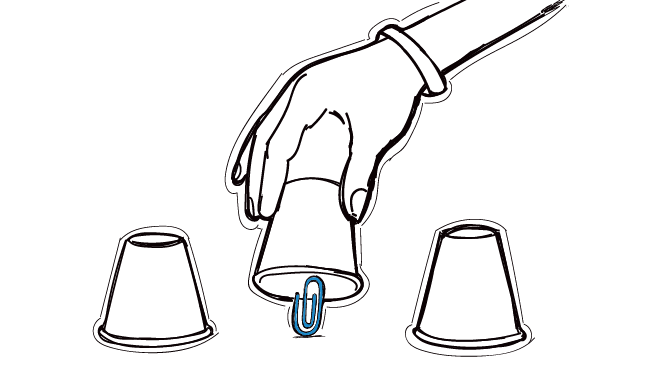
What is the Risk of Embedding an Image/Video into B2B Email?
I'm sure you've read somewhere on the web that putting personalized visuals into cold email copy is the next big thing in email outreach. There are a lot of case studies that vouch for their effectiveness in increasing reply rates. Even here at Woodpecker blog, we have a guest post about including GIF into B2B emails. But is it worth the effort? What could go wrong? How to do that? Let's see.
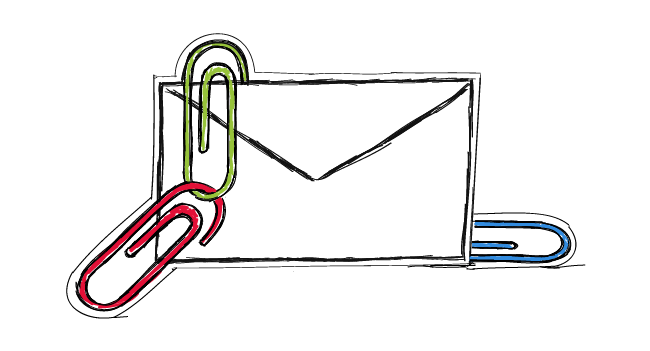
Attachments in Cold Email: Should We Ever Use Them?
Lately, we got some questions from our users about attachments in cold email. I understand that many sales people got used to sending emails including attachments. But when it comes to cold email campaigns, attaching files to the messages may actually make you look less reliable as an email sender, and thus cause some serious deliverability problems. I decided to write this post to show you some reasons why using attachments in cold email may not be the best idea. I also present here some alternative ways of sharing content with your prospects.

10 Factors that Make Our Cold Emails Work (or Not)
If you're sending cold emails, you know that sometimes your messages work amazingly well, sometimes they work OK, and sometimes they don't work at all. And whether your outreach works great, or it hardly works at all, there's always a reason for that. Actually, in most cases, there's a whole collection of reasons for that. Here's a list of 10 factors that you may want to check to discover the cause of your campaign's success or failure, and to improve the effectiveness of your emails in general.

